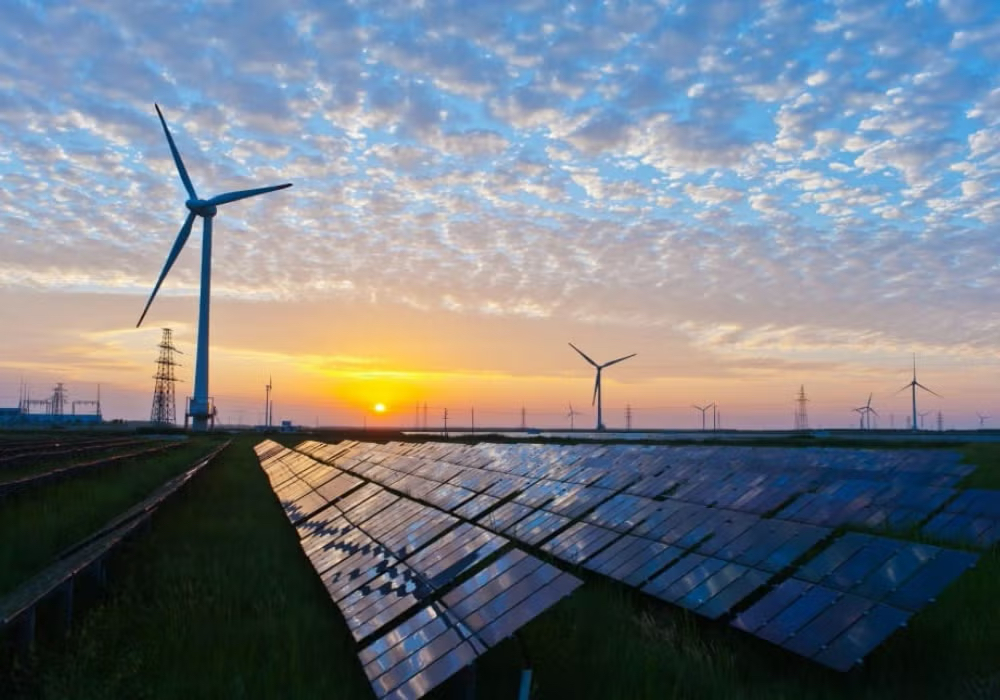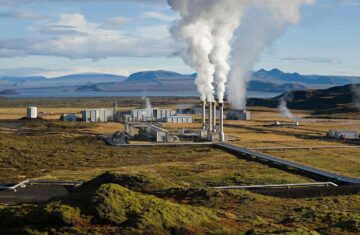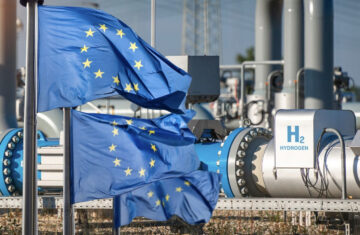Serbia’s Integrated National Energy and Climate Plan aims for nearly half of all electricity to be generated from renewable energy sources by 2030, according to Jovana Joksimović, Assistant Minister for International Cooperation, European Integration, and Project Management at the Ministry of Mining and Energy.
Key Announcements at the Climate Change Dialogue
At the Climate Change Dialogue organized by the Ministry of Environmental Protection in collaboration with the United Nations and the United Nations Development Program (UNDP), Ms. Joksimović announced the recent signing of contracts for the construction of solar power plants with a combined capacity of 1 gigawatt (GW) and 200 megawatts (MW) of battery storage. This development is expected to significantly transform the portfolio of the national energy company EPS and alter Serbia’s energy mix.
“By 2030, we will add around 3.5 GW of new renewable energy capacity to our grid, sourced from both public and private investments,” she stated. Additionally, the government is working to reduce the environmental impact of its largest thermal power facilities. The desulphurization plant at TPP Kostolac B and the recent upgrades at TENT A represent some of Europe’s largest environmental projects, valued at over 200 million euros.
Future Projects and Nuclear Energy Discussion

Preparatory work for the construction of the Bistrica Pumped Storage Hydropower Plant is expected to commence next year. This facility will support the integration of renewable energy sources beyond 2030. Ms. Joksimović also emphasized the importance of initiating expert discussions on the peaceful use of nuclear energy, arguing that considering low-carbon base energy sources is essential for securing energy supply beyond 2040.
Conclusion
Serbia’s ambitious plans for renewable energy reflect a commitment to sustainability and a transition to cleaner energy sources. With significant investments and projects in the pipeline, the country is positioning itself to meet its energy goals and reduce environmental impact.
Suggested Sources
- Serbia’s Integrated National Energy and Climate Plan
- UNDP Serbia
- Ministry of Mining and Energy, Serbia



